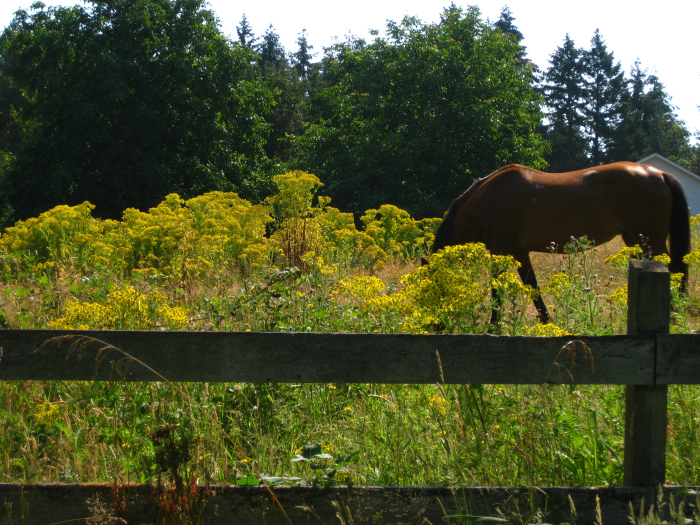Forage-related animal disorders are caused by anti-quality constituents. Anti-quality constituents are: “Chemical compounds that have negative effects on forage intake or produce negative responses in animals consuming the forage.” Some toxic compounds occur naturally. Others result from insect infestations, while some result from microbial activity. Three main groups of plants that cause animal health problems are: 1. Poisonous plants, 2. Seasonal or conditional disorders, and 3. Species related disorders.





